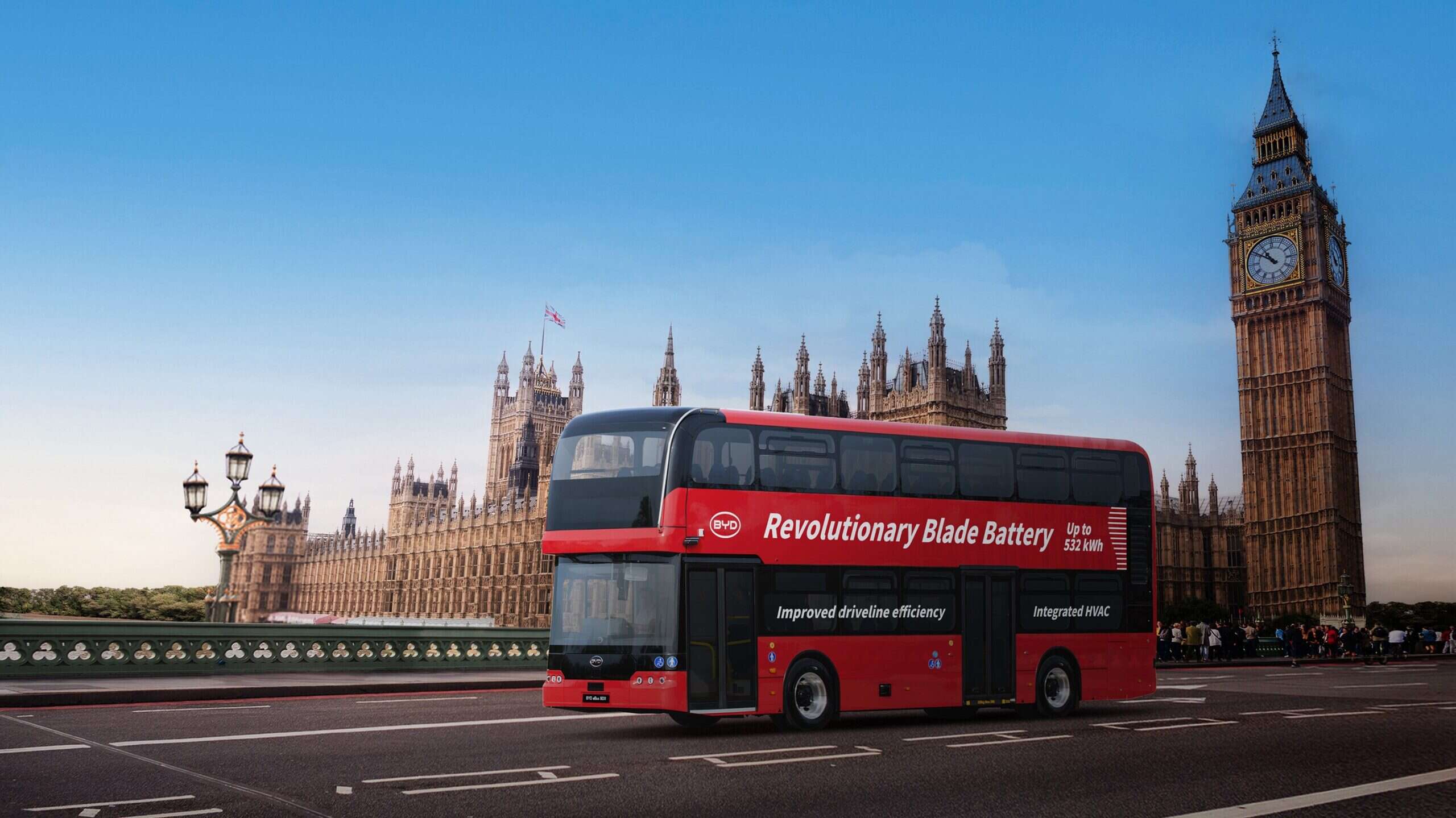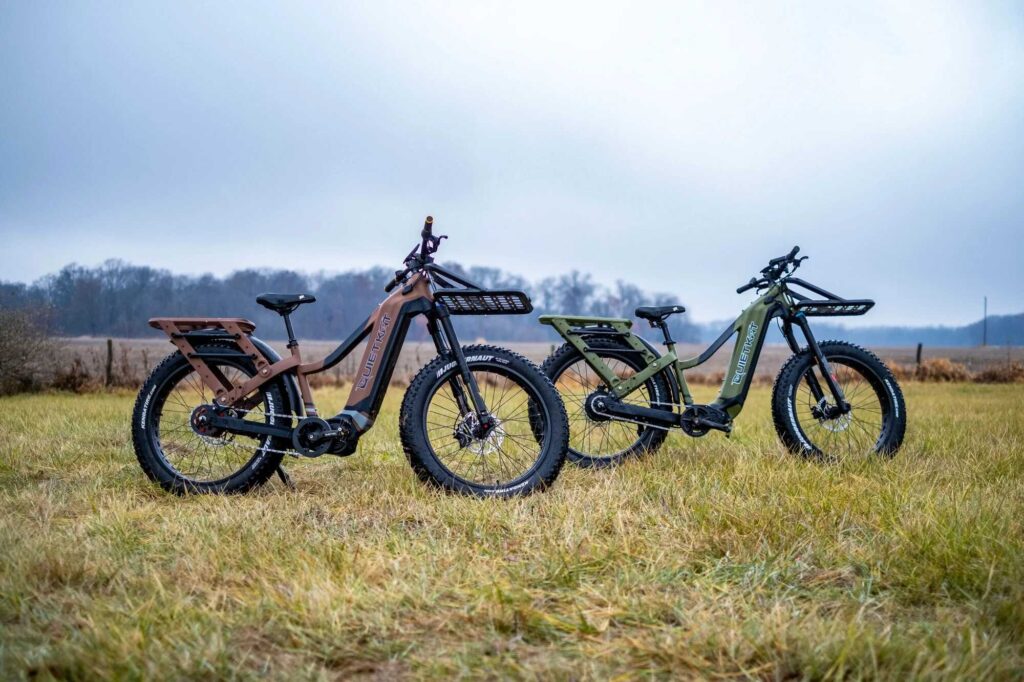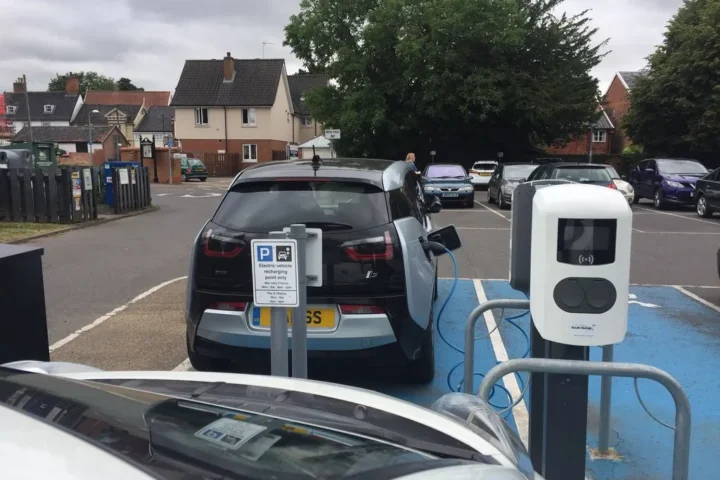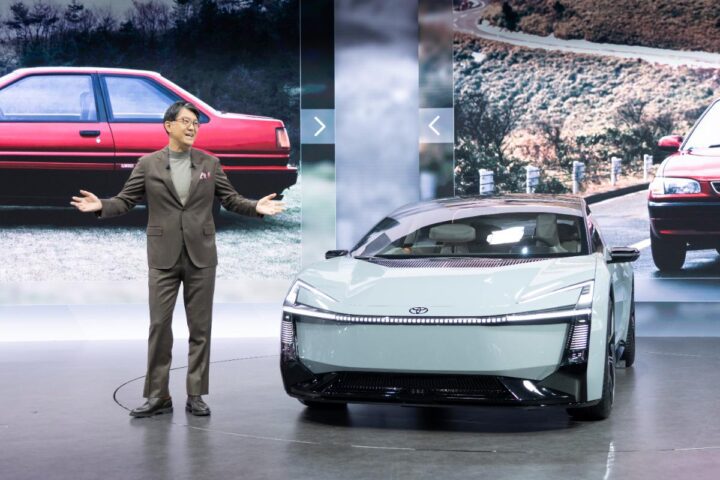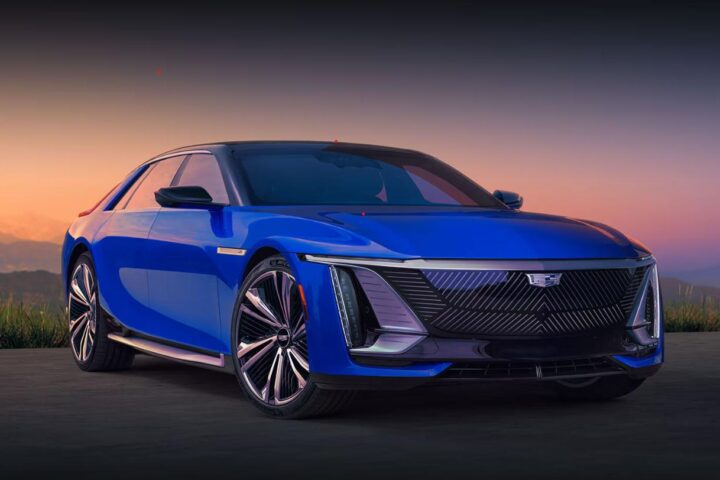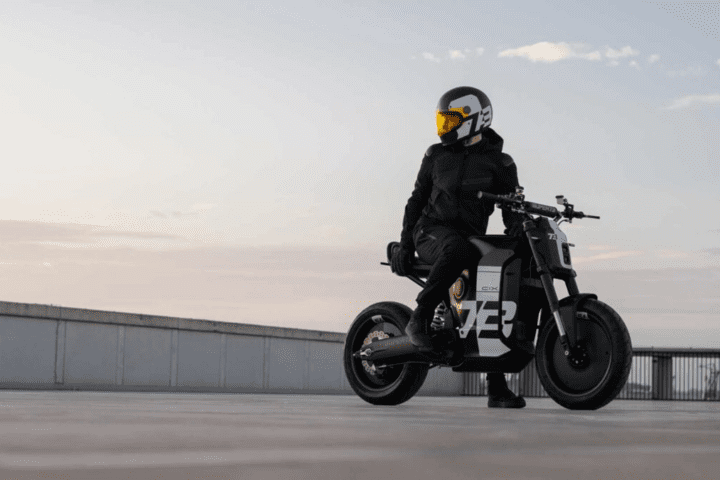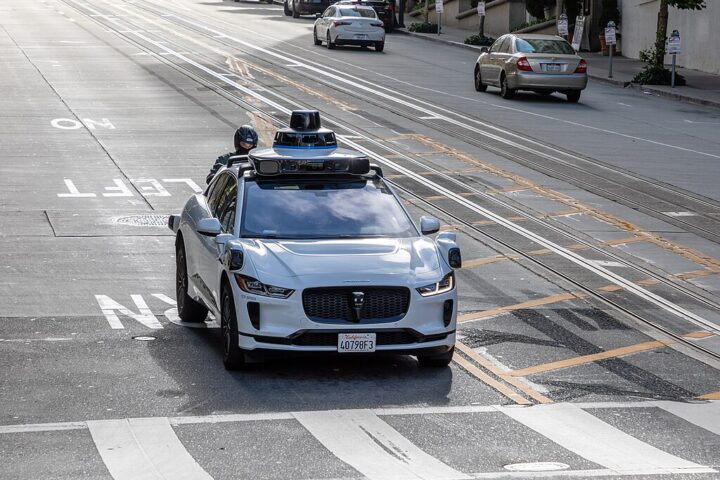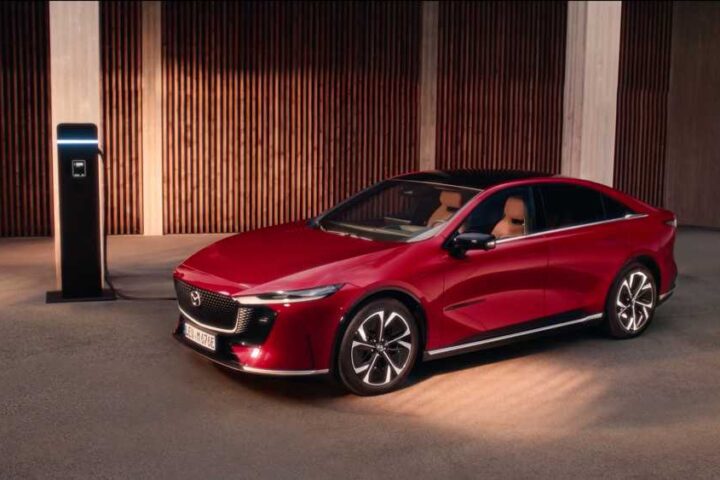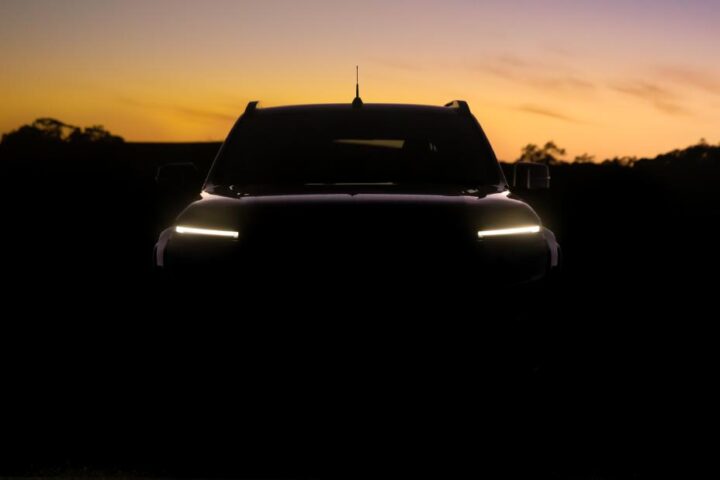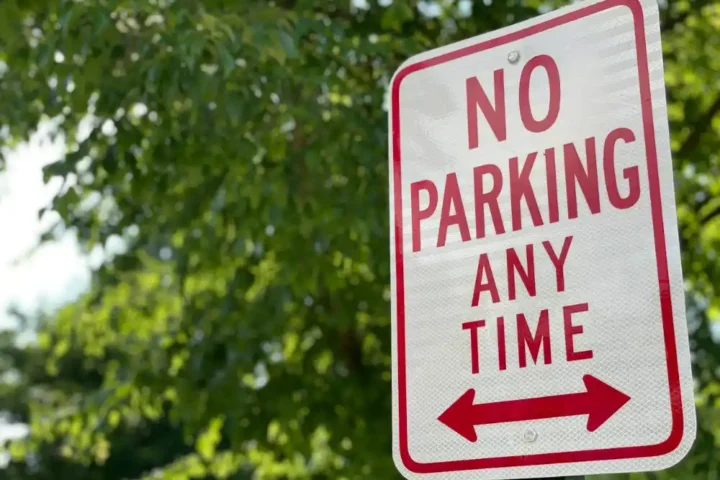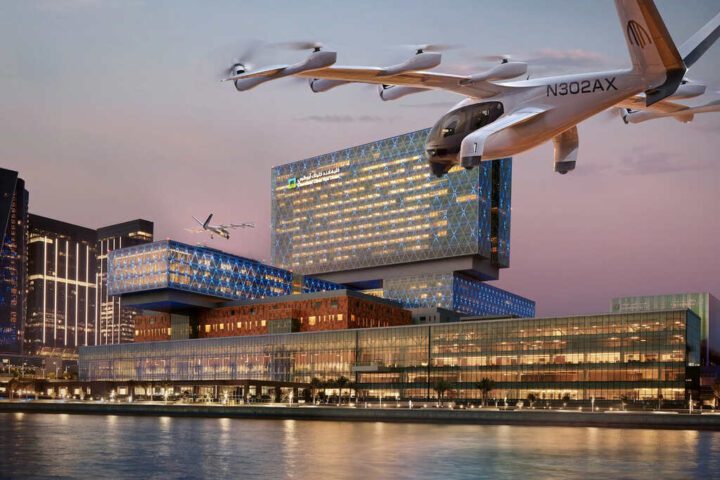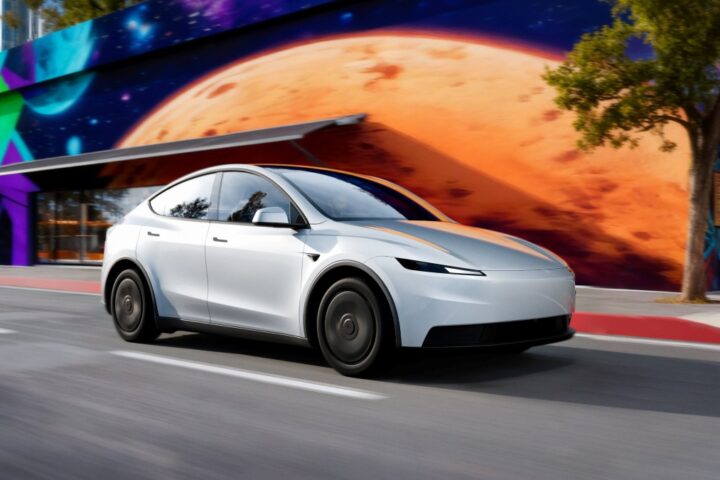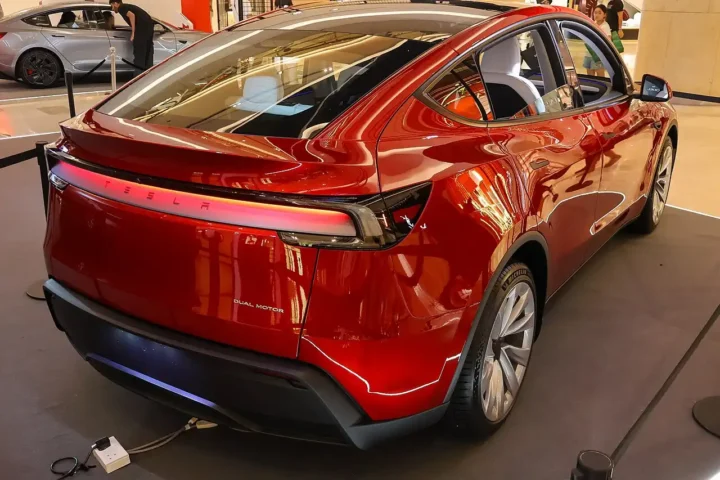According to reports, the new BYD BD11 double-decker bus made its official debut at the London Bus Museum in the UK. The bus is built on the BYD e-Platform 3.0 commercial vehicle platform and is priced at around £400,000 . However, the price may vary based on customizations by the operating company.
The newly unveiled BD11 retains the classic red livery of London double-decker buses. Once delivered, it will replace the now-discontinued Boris Bus, and it is about £100,000 cheaper than its predecessor. The new bus measures 10,900 mm in length, 2,550 mm in width, and 4,300 mm in height, with a wheelbase of 5,440 mm. It can accommodate up to 90 passengers.
The interior of the vehicle features a passageway between the upper and lower decks and is equipped with an emergency braking system, forward collision warning, intelligent speed assistance, and an alcohol lock. In terms of power, the new BD11 is equipped with two rim-mounted hairpin electric motors on the rear axle and a six-in-one silicon carbide controller. Each motor has a maximum power output of 150 kW, and the vehicle has a turning radius of just 8 meters.
The bus uses lithium iron phosphate blade batteries, distributed in the middle chassis and rear of the vehicle, with a total battery capacity of 532 kWh, providing a range of over 400 miles (approximately 463 kilometers). Additionally, the vehicle offers charging ports on both sides and an optional pantograph on the roof. When using the pantograph for charging, the maximum charging power reaches 500 kW, allowing the battery to be fully charged from 0 in just 2 hours.
On May 21, the launch event was held at the historic London Transport Museum, which houses the first double-decker electric bus equipped with the BYD K9E chassis. Reportedly, following the launch, the Go-Ahead Transport Group in London will award BYD a contract to produce over 100 BD11 double-decker buses. The initial models are specifically designed for the London market, with future versions to cater to the needs of different regions in the UK.
Similar Posts
The BYD BD11 is expected to start operating in the second half of this year, with a maximum passenger capacity of 90 people. Additionally, the BD11 features BYD’s new-generation blade battery bus chassis, integrating the battery with the vehicle frame to reduce overall weight, increase range, and improve vehicle stability and handling.
The vehicle’s design also takes into account the comfort and safety of both drivers and passengers, with options to install advanced safety features such as Advanced Driver Assistance Systems (ADAS). There are already over 1,800 BYD electric buses operating in the UK, with a cumulative mileage exceeding 127 million kilometers, equivalent to reducing 137 million tons of CO2 emissions. As of April this year, BYD’s new energy vehicles are serving more than 400 cities in 88 countries and regions worldwide.
